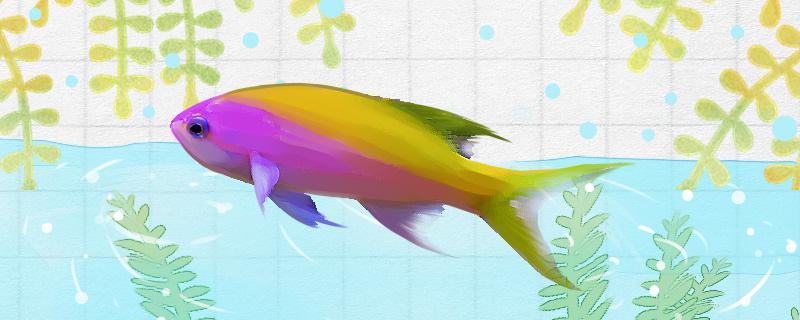
the yellow-tailed perch? The yellow-tailed perch is of medium size, with distinct yellow and purple colors. They are lively, lovely and gentle. It is generally active in the middle and lower layers of the water. They are very difficult to breed and are very picky about the environment. In terms of feeding, plankton should not be fed, otherwise it is not conducive to their esophageal digestion. In terms of water quality, we should keep the water clean and clear. If you are a novice who has just started breeding, it is better not to start with this kind of breed without any experience.
the yellow-tailed Lateolabrax japonicus 1. Water temperature: The yellow-tailed Lateolabrax japonicus has a relatively high requirement for water temperature, and the water temperature range suitable for their survival is between 23-27 ℃. The water temperature should not be high or low, otherwise it will not be conducive to their healthy growth.
2. Water quality: They have high requirements for water quality, so it is recommended to use weak acid soft water to raise them. In order to improve their immunity, appropriate amount of granular sea salt can be added to the water. The pH value should be kept at about 8.2, and the hardness should be kept between 6 and 10.
3. Feeding: They are carnivorous fish. They are more picky about food. It is recommended to feed some small live bait animals, such as frozen blood worms, brine shrimps and red worms. Just feed once a day.